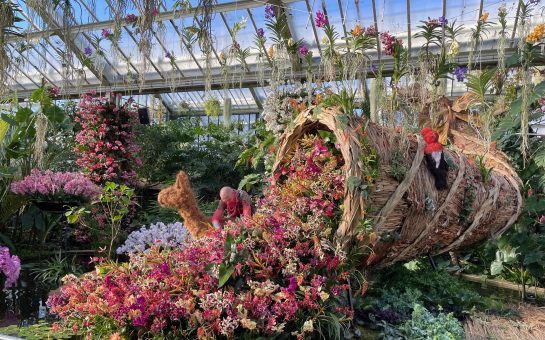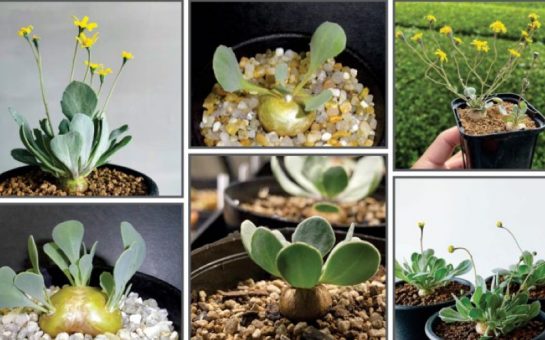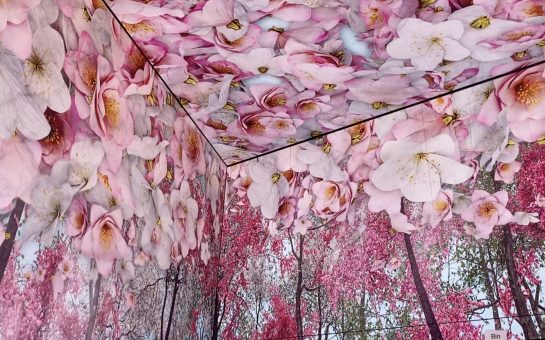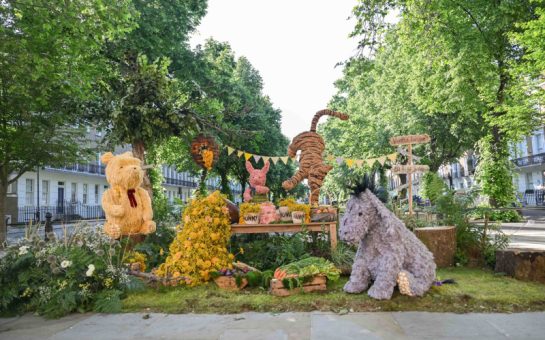The first Snowdrops of the year have appeared at Kew Gardens to give light in the winter darkness for both staff and visitors.
The largest clump of Snowdrops – of the Galanthus Elwesii species – flowered in the Rock Garden with more variations expected to blossom over the coming weeks.
Snowdrops are one of the earliest UK flowers to emerge before spring and are often seen as a symbol of hope.
Jane Padgham, 50, a Kew resident who recently recovered from coronavirus, said: “Having been poorly over Christmas, regular walks in Kew Gardens surrounded by nature have really helped me recover, both physically and mentally.
“And seeing the first Snowdrops is a welcome reminder that spring is around the corner.”
The Royal Botanical Gardens Kew boast an impressive collection with over 100 varieties of Snowdrop.

Matthew Jeffery, a botanical horticulturalist at the gardens, said: “Most species of Snowdrop flower in January and February, and are triggered into root growth in the autumn by decreasing temperatures and autumn rains.
“For me, the snowdrops flowering signifies the start of the new year and provide lots of interest in the garden through the coldest and darkest winter months.”
Although current restrictions mean people can only travel locally, the Snowdrops are now flowering in other parks and garden across south west London.
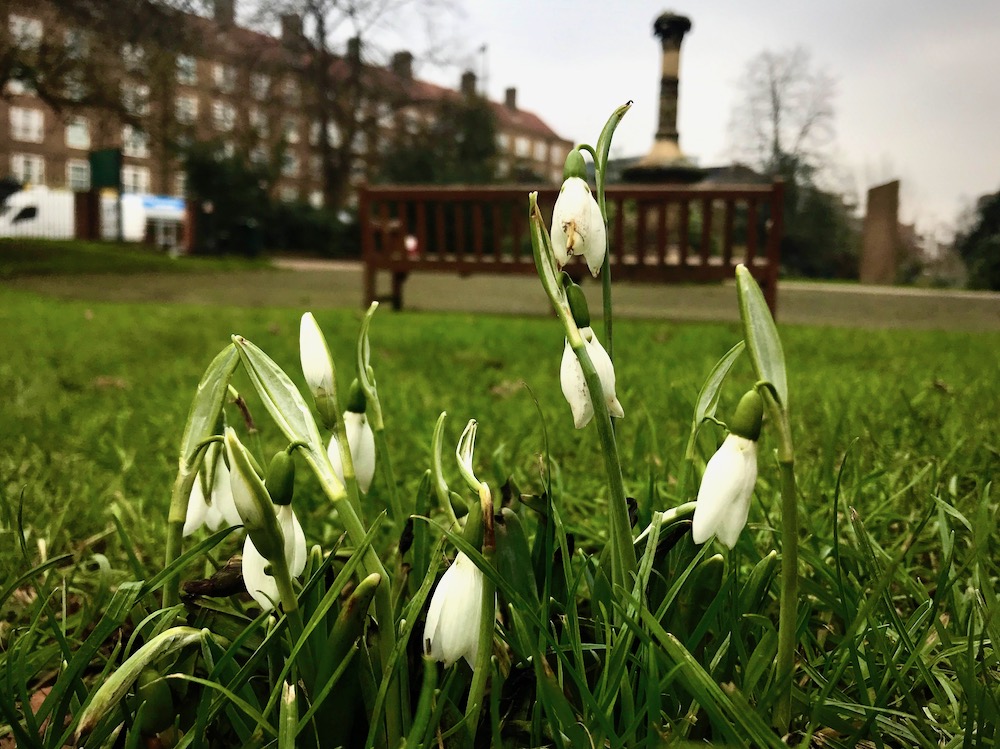
Snowdrops can typically be found in rich moist soil often beneath deciduous trees where they take advantage of winter light that reaches these areas with the sun low in the sky.
There are thousands of different varieties, known as cultivars, of Snowdrops (Galanthus) and enthusiasts who collect cultivars are known as “Galanthophiles”.
The Royal Botanical Gardens Kew are an important site internationally for plant conservation, and many of the Snowdrop varieties that flower in the Rock Garden are rare.
For coronavirus guidance while visiting Kew Gardens and to book a slot to visit, check out their website.
